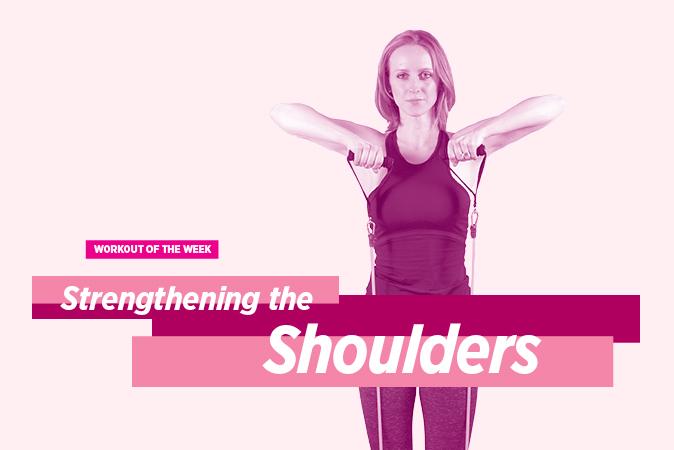The shoulders, being the most mobile joint in the body with a ball-and-socket joint, are less stable than the hips. Many people experience a “frozen shoulder” or pain in lifting the arm overhead due to repetitive movement or a sports injury. This is often due to inflammation in the rotator cuff tendons.
The rotator cuff is a group of four tendons (attaching muscle to bone) around the shoulder joint, allowing the ball-and-socket motions of up, down, side-to-side, and rotation. It is the ball-and-socket joint, combined with the rotator cuff tendons, that allow us to swim, play tennis, dance, and to perform even more complex movements that seem commonplace to us.
However, if you have ever experienced a shoulder injury, you know that the commonplace can quickly become extremely—and sometimes mysteriously—painful.
The immediate solution for shoulder pain is icing and resting. But what do you do next to heal the shoulder for good and prevent further injury?





